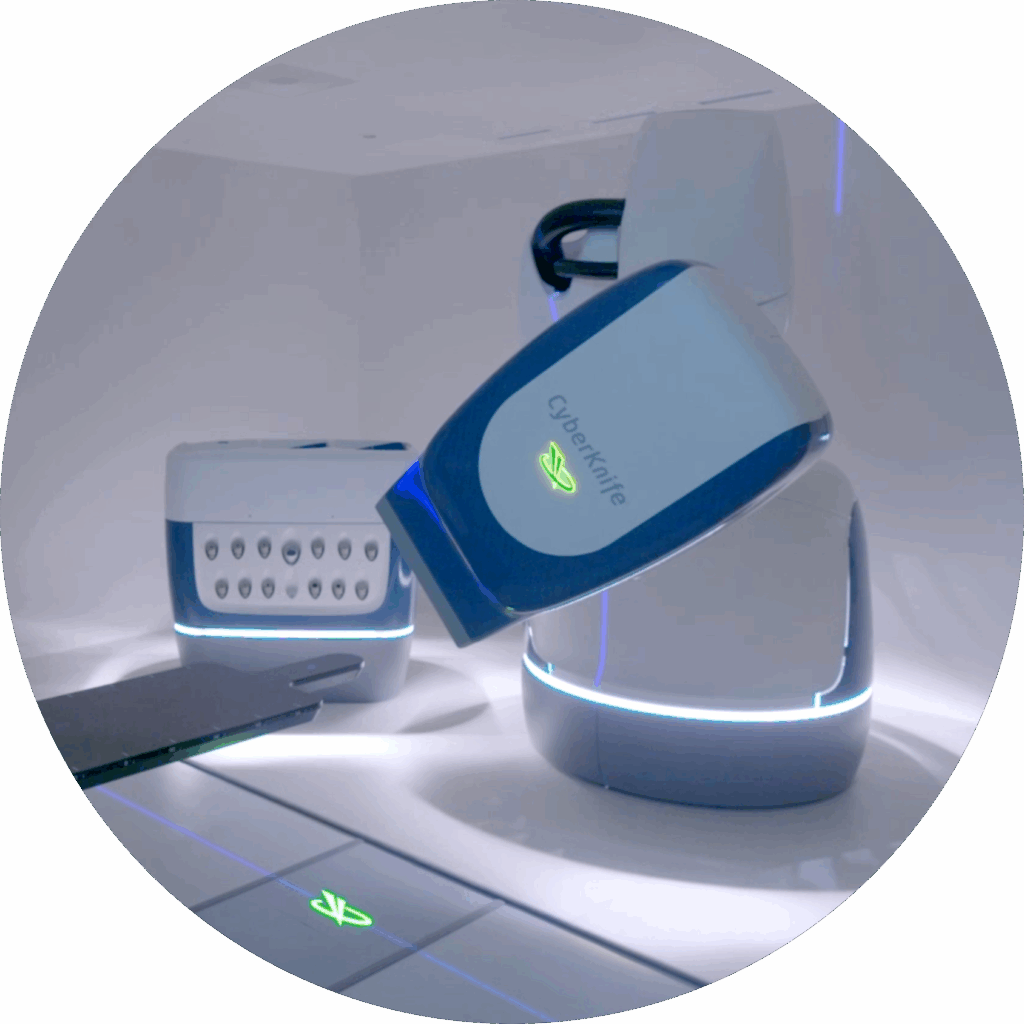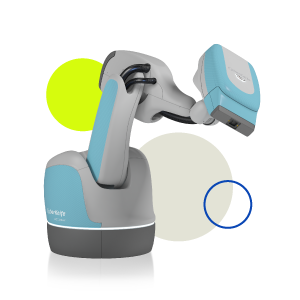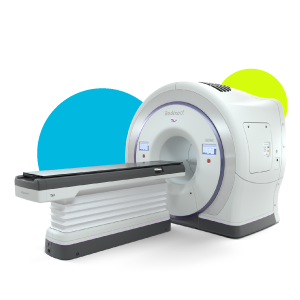CASE STUDY | MEDSTAR GEORGETOWN UNIVERSITY HOSPITAL
Robotic Stereotactic Body Radiation Therapy For High-risk Prostate Cancer: The Georgetown University Experience
Authors:
Purpose:
Methods:
| Design | Retrospective analysis of 216 high-risk prostate cancer patients. |
| Treatment | SBRT on the CyberKnife® System with Synchrony Fiducial Tracking™. 35–36.25 Gy in five fractions over 1-2 weeks. 75% of patients also received androgen deprivation therapy (ADT). |
| Planning | Three to six gold fiducial markers were placed in the prostate. Fused MR and CT scans were used for treatment planning. The CTV included the prostate, areas of radiographic extracapsular extension, and proximal seminal vesicles. The SBRT-PTV equalled the clinical target volume, spaced 5 mm to the right and left and 3 mm elsewhere. |

KEY FINDINGS
Cancer Control:
- 3-year biochemical disease-free survival (BDFS): 89% (Figure 1).
- Most common recurrence sites: bone (34.15%), PSA-only (24.39%), local (17.08%), abdominal and pelvic nodes (12.2% each) (Figure 2).
Cancer Control:
- Urinary and bowel function scores showed minimal, non-significant declines over 3 years.
- Urinary irritative/obstructive symptoms slightly improved.
- Bowel symptoms remained low and stable.


Clinical Implications:
- SBRT was well-tolerated with minimal long-term toxicity.
- Elective pelvic nodal irradiation (ENI) may not be necessary for all high risk prostate cancer patients, as pelvic failures were relatively low (12.2%).
- SBRT offers a convenient, shorter treatment course, especially beneficial for elderly or socioeconomically disadvantaged patients.
Conclusion:
“Definitive prostate SBRT for localized high-risk prostate cancer has been shown to yield similar short-term oncologic outcomes to the current standard of care while still affording patients an excellent QOL.”
“We see non-significant decreases in the gastrointestinal and genitourinary EPIC domain scores, suggesting that this treatment yields minimal long-term toxicity at three-year follow-up.”
“While the idea of elective pelvic nodal irradiation remains controversial in the high-risk patient population, our data support local definitive treatment as a favorable option.”
Sharma V, Kearney T, Lee Z, et al. (June 11, 2025) Robotic Stereotactic Body Radiation Therapy for High-Risk Prostate Cancer: The Georgetown University Experience. Cureus 17(6): e85798. doi:10.7759/cureus.85798
Important Safety Information:
Most side effects of radiotherapy, including radiotherapy delivered with Accuray systems, are mild and temporary, often involving fatigue, nausea, and skin irritation. Side effects can be severe, however, leading to pain, alterations in normal body functions (for example, urinary or salivary function), deterioration of quality of life, permanent injury, and even death. Side effects can occur during or shortly after radiation treatment or in the months and years following radiation. The nature and severity of side effects depend on many factors, including the size and location of the treated tumor, the treatment technique (for example, the radiation dose), and the patient’s general medical condition, to name a few. For more details about the side effects of your radiation therapy, and to see if treatment with an Accuray product is right for you, ask your doctor. Accuray Incorporated as a medical device manufacturer cannot and does not recommend specific treatment approaches. Individual results may vary.
© 2025 Accuray Incorporated. All Rights Reserved. Accuray, the Accuray logo, and other trademarks are trademarks or registered trademarks of Accuray Incorporated and may not be used without permission. For more information on Accuray and its trademarks, please visit www.accuray.com/trademarks. MKTCKCSCC17092025#6





